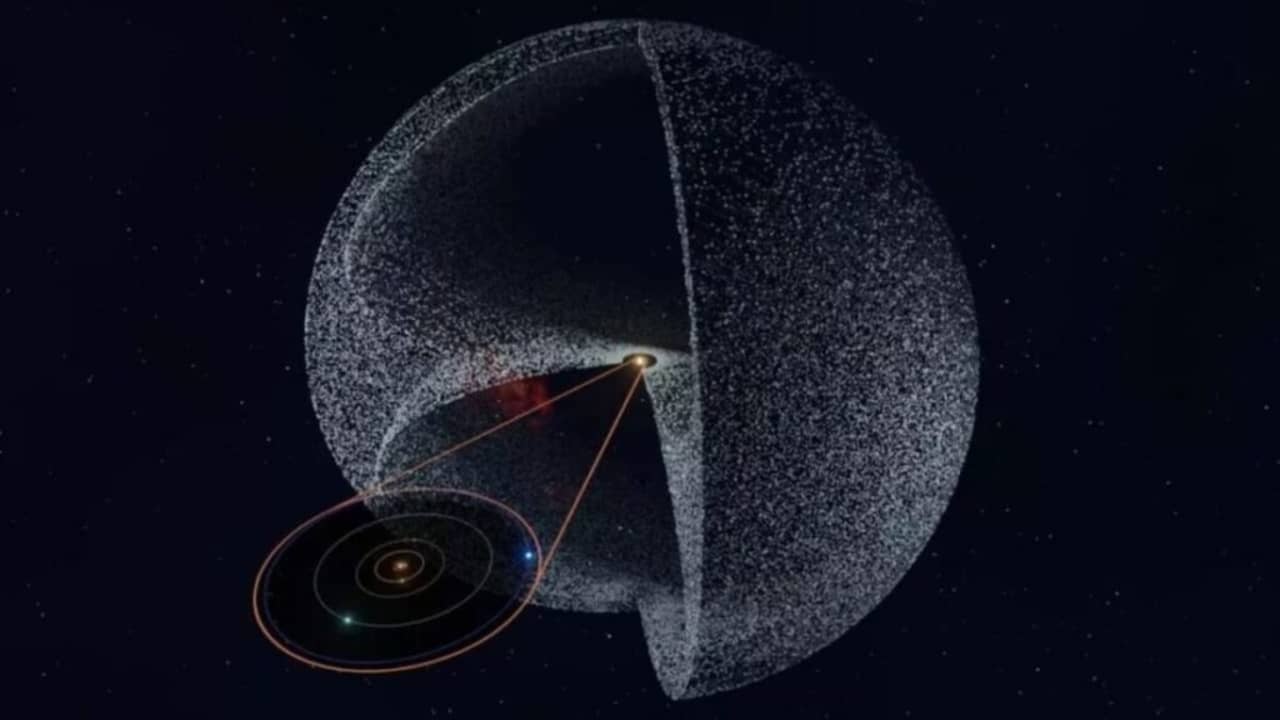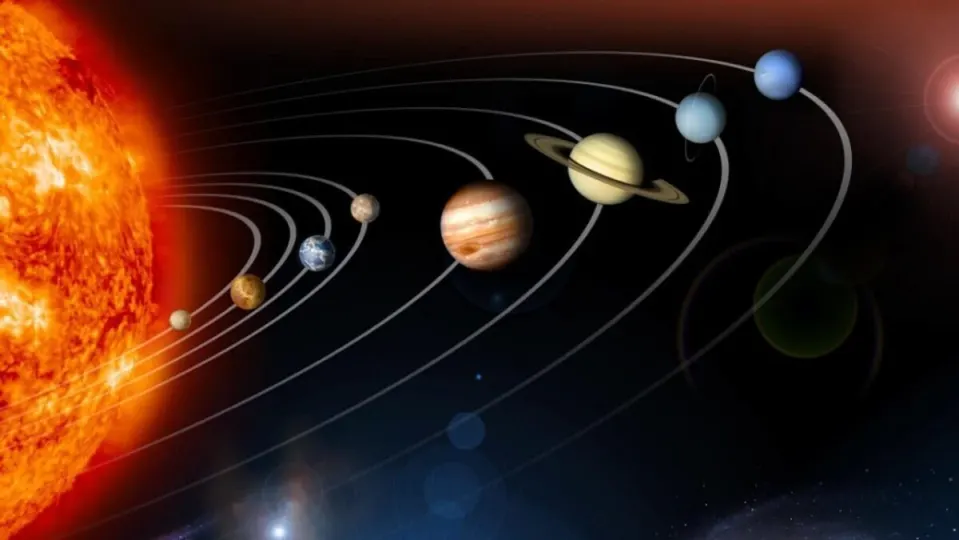The Oort Cloud is a cloudy structure that, according to scientists, surrounds the Solar System and acts as the outer boundary of the Sun’s gravitational influence in the Milky Way.
The cloudy structure primarily consists of icy remnants that fuel the Solar System with their long-period comets, but it could also potentially harbor an as-yet-unknown giant planet.
Speculations about a hypothetical ninth planet (sorry, Pluto) in the Solar System have long focused on Planet X, but a recently published study suggests that an unknown and large-sized planet could be lurking far beyond the standard planetary orbits.

A ninth planet after the departure of Pluto
This planet, similar to Uranus or Jupiter, would orbit not just the Sun, but also the entire Solar System within the Oort Cloud, residing at the outermost boundary of the Sun’s gravitational attraction.
According to the study, these theoretical (exo)planets in the Oort Cloud could be a standard feature of about one in every 200 to 3,000 stars, although this estimate is likely an overestimation as the researchers did not take into account the instabilities that occur during star and planetary disk formation.
Scientists from the National Center for Scientific Research (CNRS) in France and other research institutions conducted complex simulations of dynamic instabilities to assess how a large planet could be ejected from a solar system or how an already established planetary system could capture a rogue planet wandering through the galactic plane.
According to the study, the estimated fraction of ejected planets that become trapped in the Oort Cloud ranges from 1% to 10%, depending on the initial distribution of planetary mass during the system’s formation.
If the dynamic instability of the Solar System “occurred after the dissolution of the birth cluster,” the study continues, there is a 7% chance that an ice giant becomes trapped in the Sun’s Oort Cloud.
Therefore, the unknown giant planet on the edge of the Solar System could likely be a wandering exoplanet that was captured by the Sun’s gravitational influence after the formation of the Solar System.
The Oort Cloud surrounds the Sun at distances ranging from 2,000 to 200,000 astronomical units (AU), which is equivalent to 0.03 to 3.2 light-years. This means that the mentioned gravitational attraction is relatively weak compared to the force that keeps the confirmed eight planets of the Solar System in place.
Some of the links added in the article are part of affiliate campaigns and may represent benefits for Softonic.


